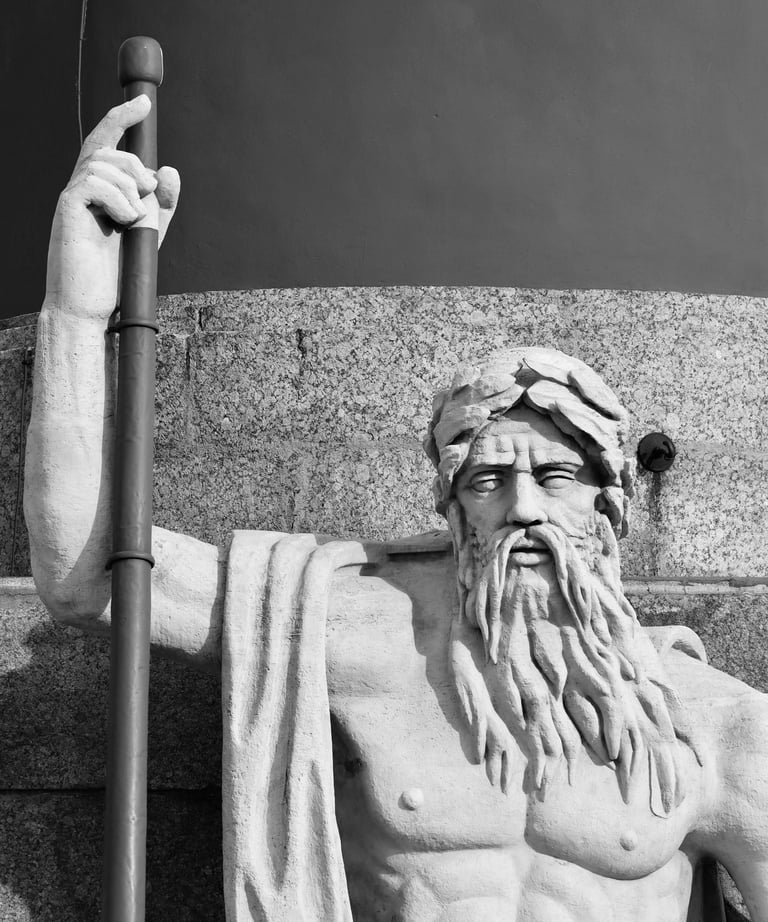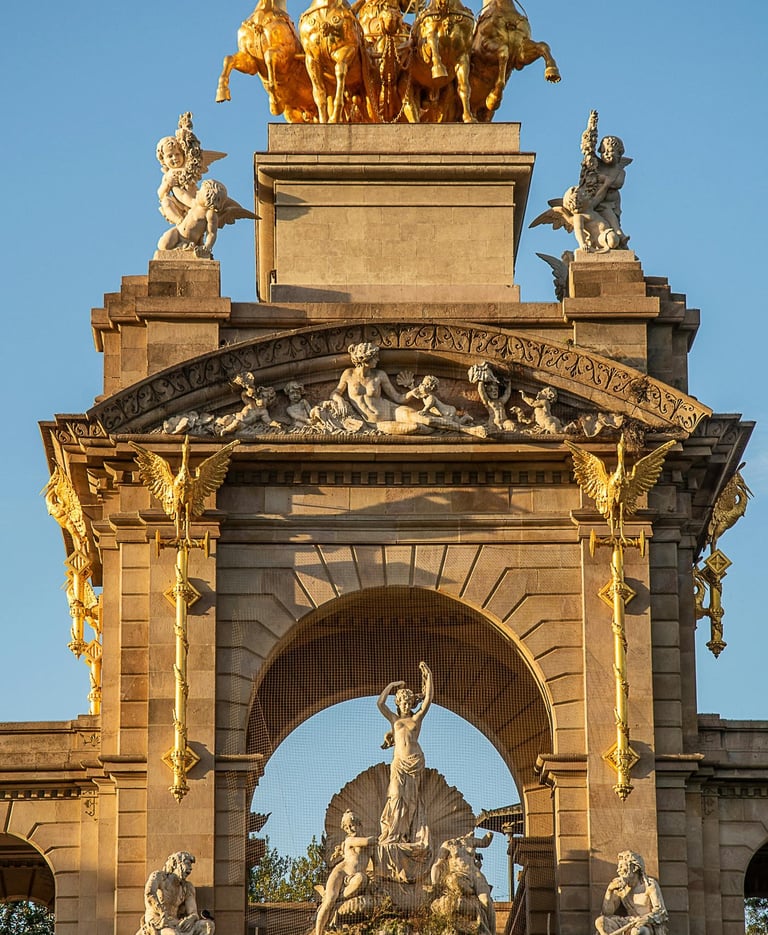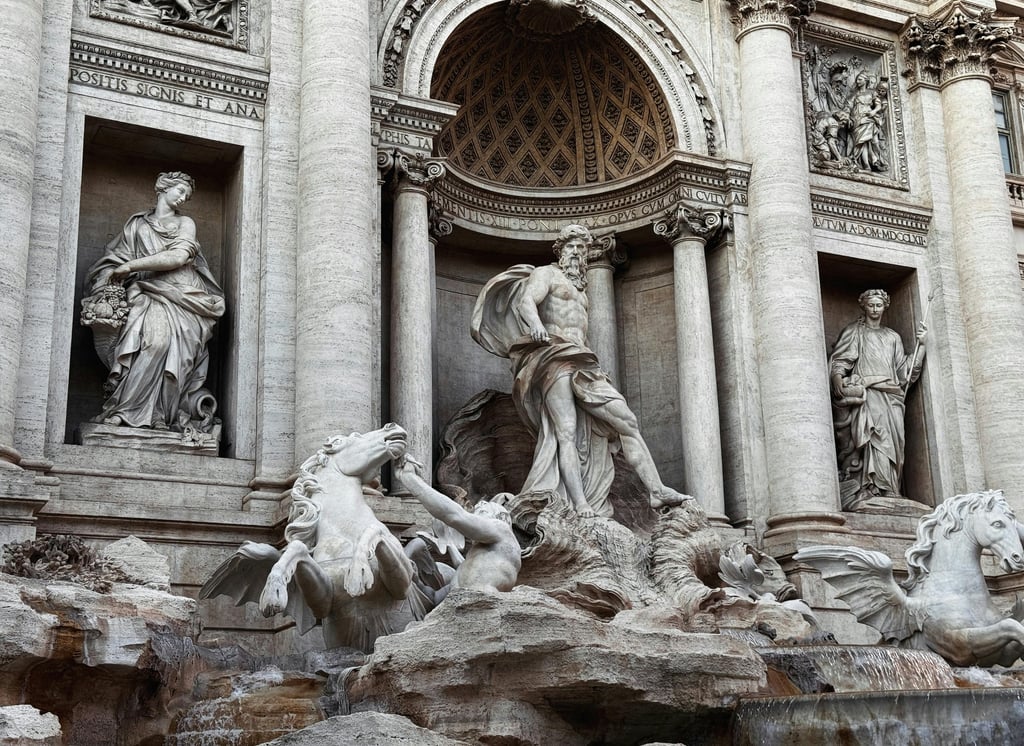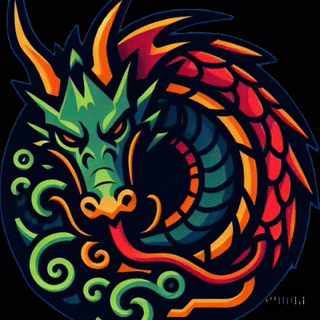The religious framework of ancient Rome
The religious framework of ancient Rome was characterized by a complex hierarchy of deities, each governing specific aspects of the natural world and human experience. This pantheon not only reflects the Romans' religious beliefs but also offers insight into their societal values and cultural interactions.
The Capitoline Triad
At the apex of Roman religious hierarchy stood the Capitoline Triad: Jupiter, Juno, and Minerva. This trio of deities was central to Roman state religion and was worshipped in a grand temple on Rome's Capitoline Hill.
Jupiter: Known as the king of the gods, Jupiter (Greek counterpart: Zeus) was the god of the sky, thunder, and lightning. He wielded a thunderbolt and was often depicted with an eagle. As the supreme deity, Jupiter embodied authority and law.
Juno: Juno (Greek counterpart: Hera) was Jupiter's wife and sister, serving as the queen of the gods. She was the goddess of marriage and childbirth, often symbolized by the peacock. Juno was revered as the protector of women and the state.
Minerva: Minerva (Greek counterpart: Athena) was the goddess of wisdom, warfare, and crafts. She emerged fully grown and armored from Jupiter's forehead. Minerva was associated with strategic warfare and was often depicted with an owl, symbolizing wisdom.
The establishment of the Capitoline Triad marked a significant evolution in Roman religious practice, replacing the earlier Archaic Triad of Jupiter, Mars, and Quirinus. This shift, influenced by Etruscan culture, underscored the dynamic nature of Roman religion.
The Dii Consentes
Beyond the central triad, the Romans venerated a group of twelve major deities known as the Dii Consentes. This council comprised six gods and six goddesses, often paired male-female:
Jupiter and Juno: King and queen of the gods.
Neptune and Minerva: Neptune (Greek counterpart: Poseidon) was the god of the sea, earthquakes, and horses, wielding a trident. Minerva, as previously mentioned, was the goddess of wisdom and warfare.
Mars and Venus: Mars (Greek counterpart: Ares) was the god of war, representing military power and aggression. Venus (Greek counterpart: Aphrodite) was the goddess of love, beauty, and fertility.
Apollo and Diana: Apollo was the god of the sun, music, and prophecy, while his twin sister, Diana (Greek counterpart: Artemis), was the goddess of the hunt, the moon, and childbirth.
Vulcan and Vesta: Vulcan (Greek counterpart: Hephaestus) was the god of fire and blacksmiths, known for his metalworking skills. Vesta (Greek counterpart: Hestia) was the goddess of the hearth and home, central to domestic life.
Mercury and Ceres: Mercury (Greek counterpart: Hermes) was the messenger of the gods, overseeing commerce and travel. Ceres (Greek counterpart: Demeter) was the goddess of agriculture and grain, vital to Roman sustenance.
The Dii Consentes were honored with gilded statues in the Roman Forum, symbolizing their esteemed status in Roman society.
Other Significant Deities and Groupings
Roman religion also recognized other important divine groupings:
Archaic Triad: An earlier trio consisting of Jupiter, Mars, and Quirinus. Mars was the god of war, while Quirinus was a deity of the Roman state, possibly representing the deified Romulus.
Aventine Triad: Comprising Ceres, Liber, and Libera, this triad was associated with the plebeian class and agricultural fertility.
Di Selecti: A list of twenty principal gods, including Janus, Saturn, and others, highlighting the diversity and richness of Roman religious life.
Integration and Syncretism
The Romans were adept at integrating deities from conquered territories into their own pantheon, a practice known as syncretism. This inclusivity allowed Roman religion to be flexible and expansive, accommodating a wide array of beliefs and practices.
In conclusion, the hierarchy of Roman gods was a reflection of the empire's values, societal structure, and cultural adaptability. From the paramount Capitoline Triad to the diverse Dii Consentes and beyond, the Roman pantheon encapsulated a rich tapestry of deities that governed every facet of life and the cosmos.
References
Exploring Ancient Roman Gods and Goddesses - History Cooperative
7.1 Roman pantheon and its relationship to Greek gods - Fiveable
education.nationalgeographic.org
The Gods and Goddesses of Ancient Rome
Gods and goddesses of the Greek and Roman pantheon
The Roman God Family Tree - Veritable Hokum
Roman Gods Facts, Activities & Information For Kids - KidsKonnect
List of Roman deities - Wikipedia
Jupiter–Juno · Neptune–Minerva · Mars–Venus · Apollo–Diana · Vulcan–Vesta · Mercury–Ceres.
Roman Religion and the Worshipped Gods - FutureLearn
The 12 Gods and Goddesses of Pagan Rome - History Hit
The three main Roman gods and goddess, known as the Capitoline Triad, are Jupiter, Juno and Minerva.






480-366-3550 (Domain Sales)
© SDBEST LLC, 2025. All rights reserved.
Sponsorship Disclosure
Terms of Service
